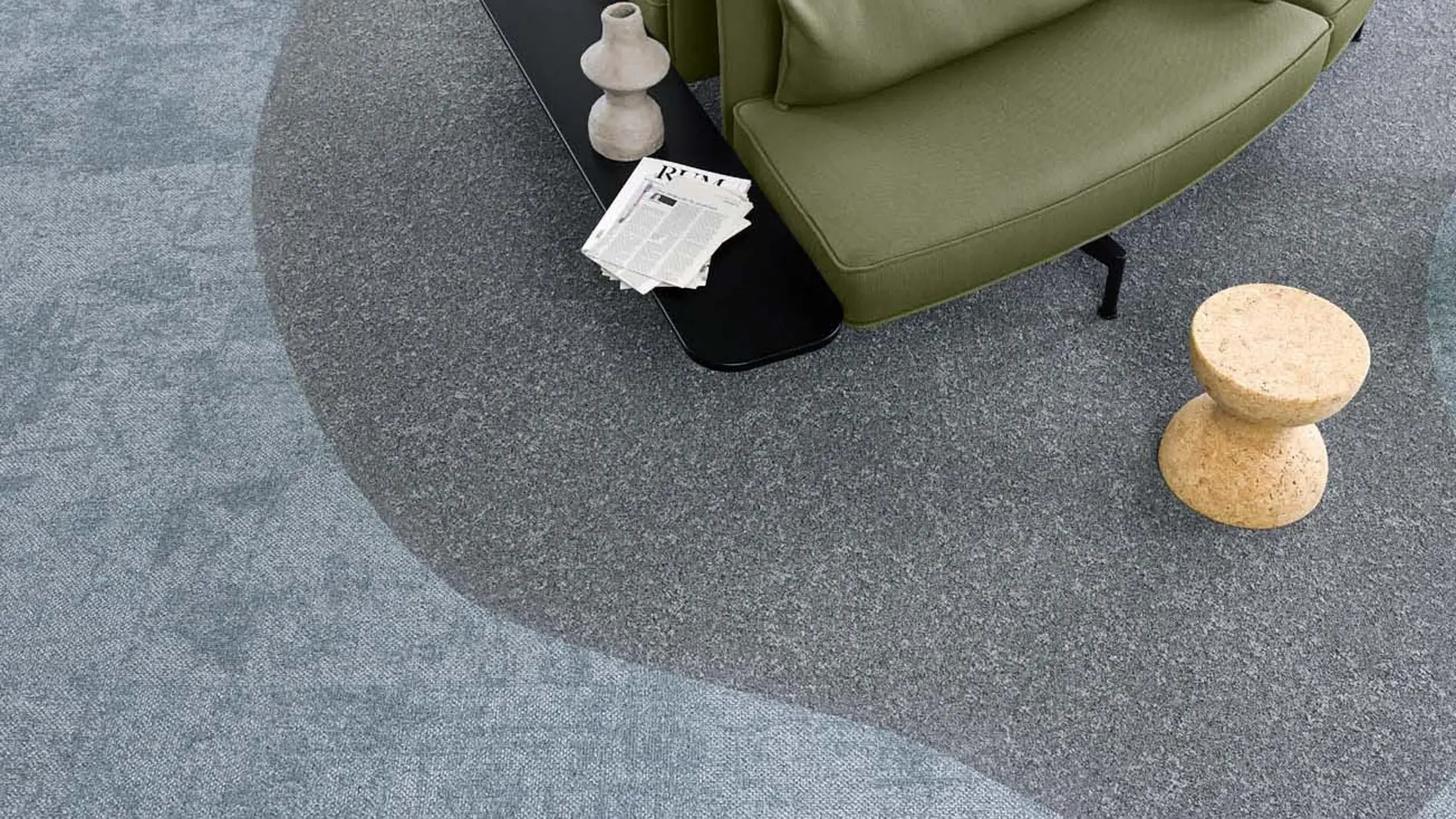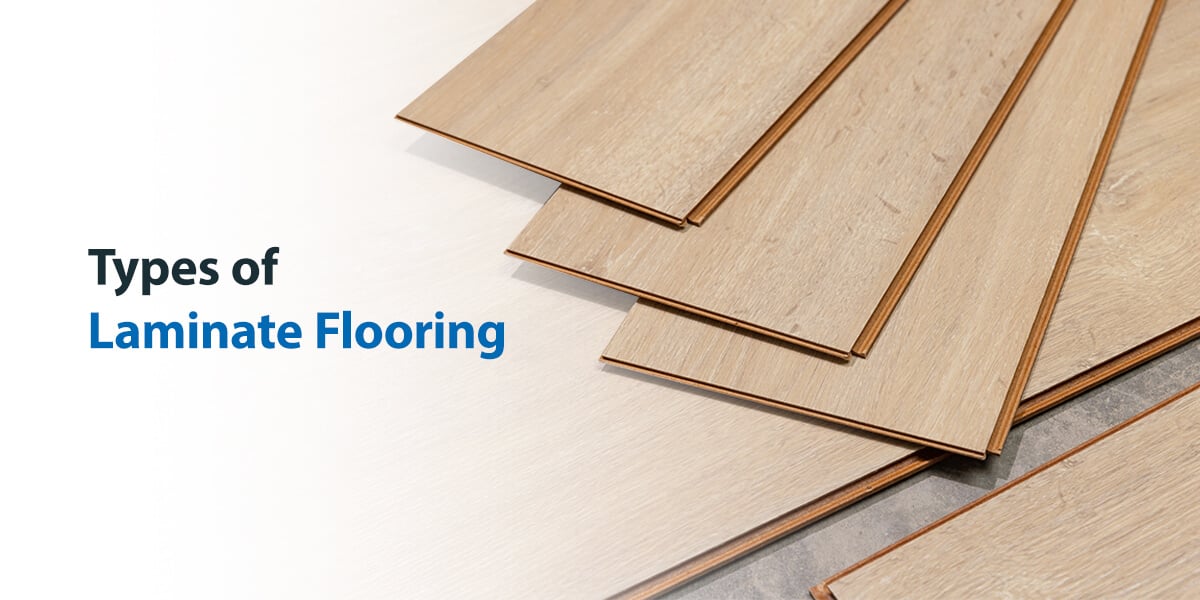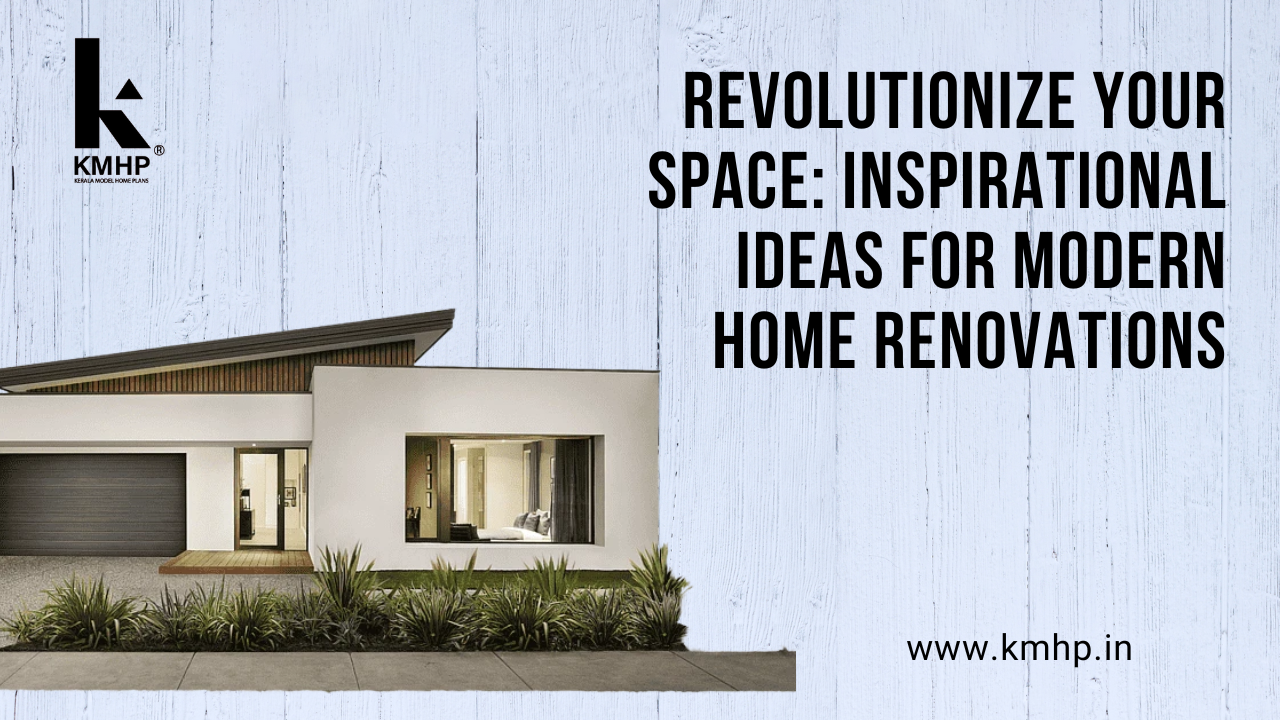Flooring Types and Trends: A Complete Guide
Choosing the right flooring can dramatically impact the look, feel, and functionality of your home. From enhancing aesthetic appeal to improving durability and comfort, the selection process is crucial. At cartlab.web.id, we understand the importance of making informed decisions when it comes to home improvements. This comprehensive guide explores the diverse world of flooring types and trends, providing you with the knowledge needed to select the perfect flooring for your specific needs and style. Whether you’re renovating an existing space or building a new home, understanding the various options available is the first step towards achieving your dream interior. This guide delves into the pros and cons of different materials, explores current design trends, and offers practical advice to help you navigate the complexities of flooring selection.
The market offers a vast array of choices, each with unique properties, price points, and maintenance requirements. This guide aims to demystify the process, allowing you to confidently select flooring that complements your lifestyle, budget, and aesthetic preferences. We’ll cover everything from classic hardwood and timeless tile to modern alternatives like luxury vinyl plank and innovative sustainable options. By the end of this guide, you will be equipped to confidently make informed choices that will elevate your home’s beauty and functionality for years to come.
This guide is designed to be a one-stop resource for all your flooring needs. We’ve compiled detailed information on various flooring materials, including their durability, maintenance requirements, cost, and aesthetic qualities. We’ll also explore emerging trends in flooring design, helping you stay ahead of the curve and create a space that reflects your personal style and current design sensibilities. Let’s dive in!

Hardwood Flooring: Timeless Elegance and Durability

Hardwood flooring remains a classic choice for its timeless elegance, durability, and potential to increase home value. It offers a natural beauty that is hard to replicate with other materials. However, the cost can be significantly higher than other options, and it requires regular maintenance to preserve its luster. Different types of hardwood, such as oak, maple, cherry, and walnut, offer varying degrees of hardness, grain patterns, and color tones.
- Pros: Durability, timeless appeal, increased home value, natural beauty, wide range of styles and colors.
- Cons: High cost, requires regular maintenance (cleaning, polishing, refinishing), susceptible to scratches and dents, can be slippery when wet.
- Maintenance: Regular sweeping or vacuuming, occasional mopping with a wood-specific cleaner, periodic refinishing as needed.
Consider the traffic in your home when selecting hardwood flooring. High-traffic areas may benefit from harder wood species like oak or maple. For a more rustic look, consider reclaimed or wide-plank hardwood flooring. Remember, proper installation is crucial for the longevity of your hardwood floors.
Ceramic and Porcelain Tile: Versatility and Low Maintenance

Ceramic and porcelain tiles offer a highly versatile and durable flooring option suitable for various areas of the home, including kitchens, bathrooms, and entryways. Porcelain tile, in particular, is known for its superior durability and water resistance. They are available in a vast array of colors, patterns, and sizes, allowing for immense creative freedom in your design choices. Moreover, they are relatively easy to maintain and clean.
- Pros: Durable, water-resistant (especially porcelain), easy to clean, versatile design options, relatively low cost compared to hardwood.
- Cons: Can be cold underfoot, can crack or chip under heavy impact, grout lines require regular cleaning to prevent mildew.
- Maintenance: Regular sweeping or vacuuming, mopping with a suitable cleaner, grout cleaning as needed.
The choice between ceramic and porcelain often comes down to durability and water resistance. Porcelain tile is denser and more resistant to water damage, making it ideal for wet areas. Consider the overall style of your home when choosing tile colors and patterns. Large format tiles can create a sleek, modern look, while smaller tiles can add visual interest.
Luxury Vinyl Plank (LVP) and Luxury Vinyl Tile (LVT): Affordable Elegance and Durability

Luxury vinyl plank (LVP) and luxury vinyl tile (LVT) have rapidly gained popularity due to their affordability, durability, and realistic wood or stone appearance. They offer a cost-effective alternative to hardwood and tile, mimicking their aesthetic qualities without the high price tag or demanding maintenance. LVP and LVT are also water-resistant, making them suitable for kitchens and bathrooms.
- Pros: Affordable, durable, water-resistant, easy to install and maintain, wide range of styles and colors, comfortable underfoot.
- Cons: Not as durable as hardwood or porcelain tile, can show scratches over time, some lower-quality options may not look as realistic.
- Maintenance: Regular sweeping or vacuuming, occasional mopping with a suitable cleaner.
The advancements in printing technology have resulted in LVP and LVT that closely resemble natural materials. Consider the thickness and wear layer when selecting LVP or LVT to ensure longevity. A thicker wear layer indicates greater durability. This flooring is a great option for those seeking a balance between cost, style, and practicality. Before installing new flooring, consider consulting our guide on garage and driveway design guide to ensure a cohesive home design.
Carpet: Comfort and Warmth

Carpet offers unparalleled comfort and warmth underfoot, making it a popular choice for bedrooms and living rooms. It’s available in a wide range of materials, colors, and textures, allowing for personalized design. However, it requires more frequent cleaning and maintenance than other flooring options and may not be suitable for high-traffic areas or those prone to allergies.
- Pros: Soft and comfortable underfoot, warm, sound-absorbing, wide range of styles and colors, relatively affordable.
- Cons: Requires regular cleaning, can be difficult to clean stains, can harbor allergens, not suitable for wet areas.
- Maintenance: Regular vacuuming, professional cleaning as needed, stain treatment as required.
Different carpet fibers, such as nylon, polyester, and wool, offer varying degrees of durability, stain resistance, and softness. Consider the traffic level and desired level of comfort when selecting carpet fibers. Regular vacuuming is essential to maintain the appearance and longevity of your carpet. For a truly relaxing home environment, consider complementing your new flooring with a beautifully designed garden; check out our article on Garden and Landscape Design: Creating Outdoor Paradises for inspiration.
Laminate Flooring: Budget-Friendly and Stylish

Laminate flooring is a cost-effective alternative to hardwood, offering a realistic wood or stone appearance. It’s relatively easy to install and maintain, making it a popular choice for DIY projects. However, it’s not as durable as hardwood or tile and can be damaged by water.
- Pros: Affordable, easy to install and maintain, wide range of styles and colors, water-resistant (some types).
- Cons: Not as durable as hardwood or tile, can be damaged by water, may not feel as warm underfoot.
- Maintenance: Regular sweeping or vacuuming, occasional mopping with a suitable cleaner.
The quality of laminate flooring varies significantly. Look for thicker planks with a higher wear layer for greater durability. While laminate offers a budget-friendly option, it’s essential to understand its limitations and choose a product that suits your needs and lifestyle.
Emerging Flooring Trends
Beyond the traditional options, several emerging trends are shaping the flooring landscape. These include:
- Large-format tiles: Creating a sleek and modern aesthetic.
- Natural materials: Such as bamboo and cork, offering sustainable and eco-friendly options.
- Textured surfaces: Adding visual interest and tactile appeal.
- Geometric patterns: Bringing bold and contemporary designs to flooring.
- Sustainable flooring options: Increasingly popular due to environmental concerns. This includes recycled materials and sustainably harvested wood.
Staying updated on these trends can help you create a truly unique and stylish space.
Conclusion
Selecting the right flooring is a significant decision impacting both the aesthetics and functionality of your home. This guide has explored a range of flooring types and trends, offering a comprehensive overview to help you make an informed choice. From the classic elegance of hardwood to the modern appeal of luxury vinyl plank, the options are plentiful. Consider your lifestyle, budget, and aesthetic preferences to find the perfect fit. Remember to factor in maintenance requirements and durability when making your decision. For further guidance and inspiration, explore our complete guide on Flooring Types and Trends: A Complete Guide. We hope this guide has equipped you with the knowledge to transform your home with beautiful and functional flooring.






Comments